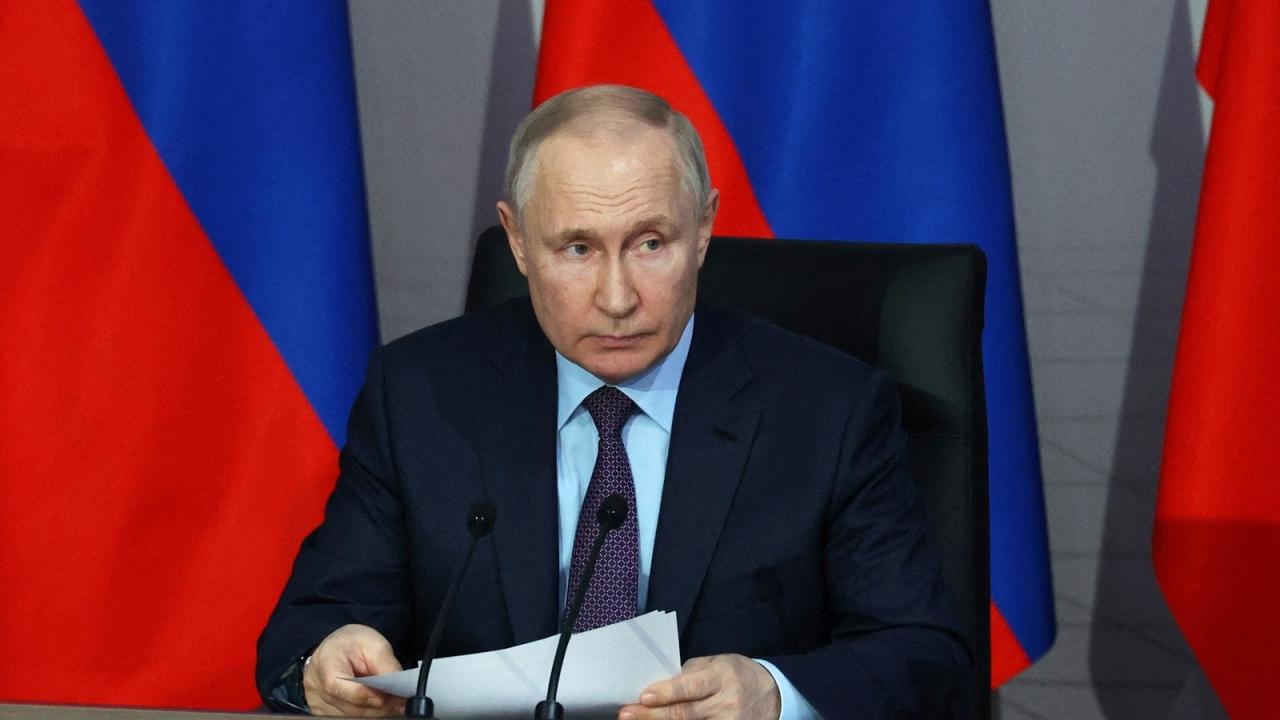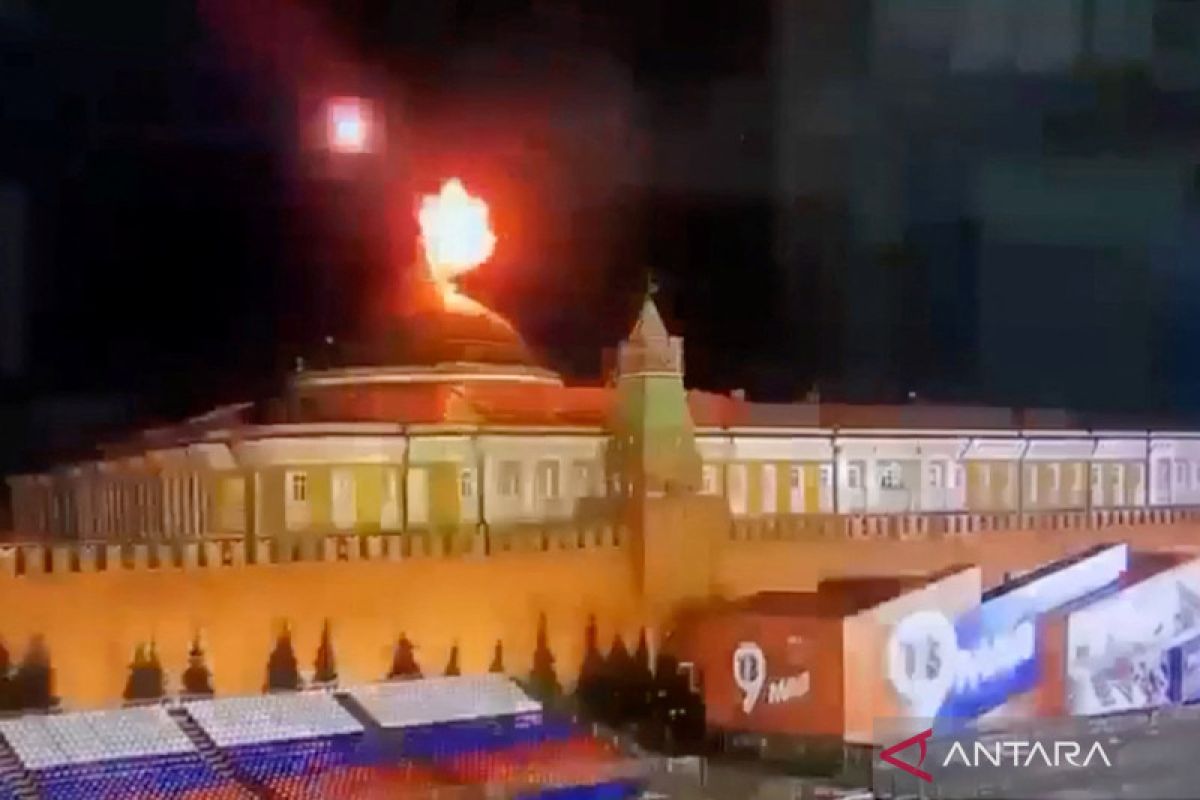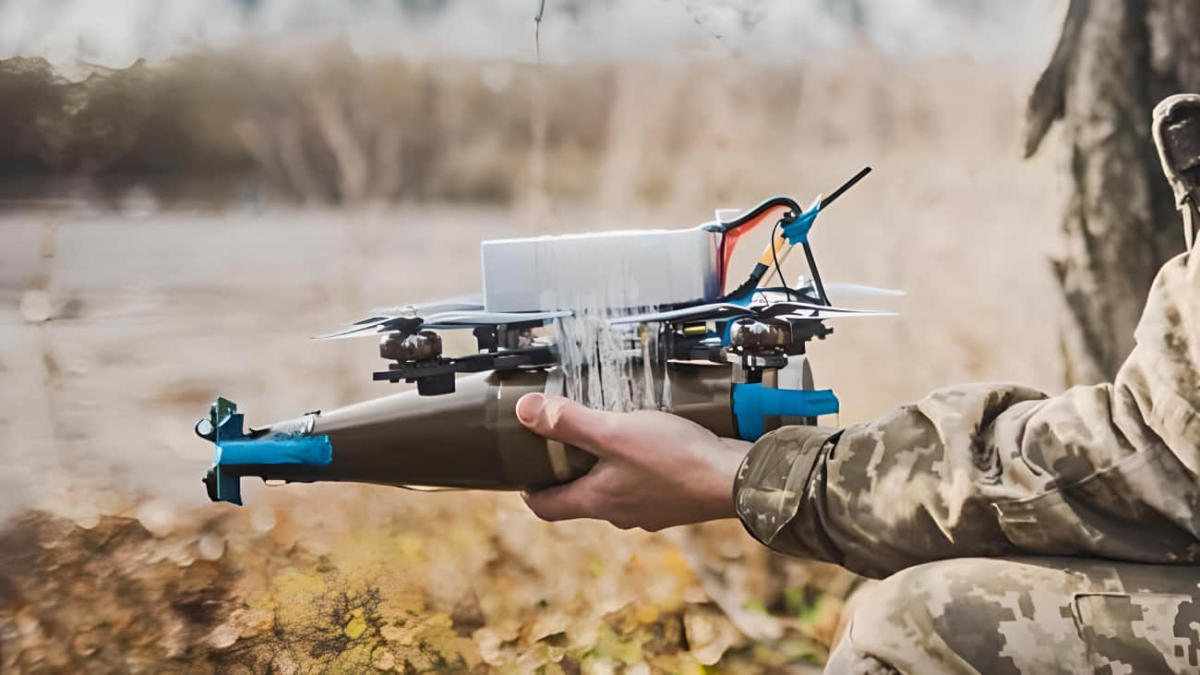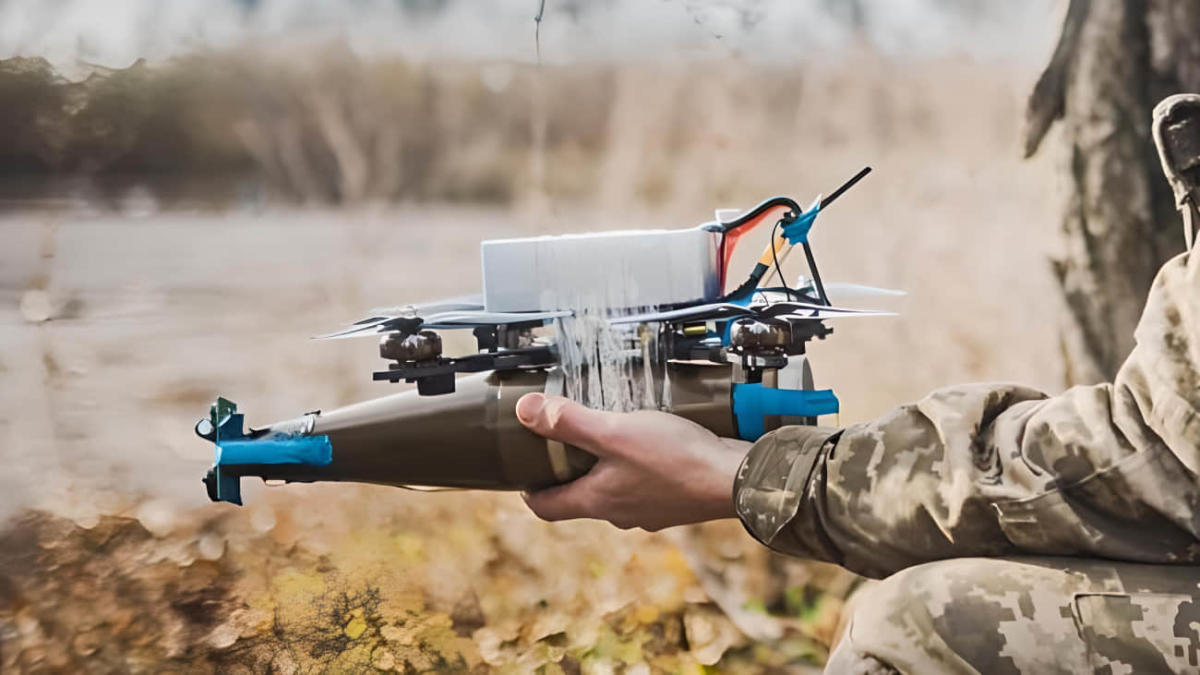Kazan drone attack: The recent incident in Kazan, involving unmanned aerial vehicles, has raised significant concerns about the evolving nature of warfare and the vulnerability of civilian infrastructure. This event demands a thorough examination of the circumstances, the technology employed, and the potential implications for regional stability. We will delve into the details surrounding the attack, exploring the possible actors, motives, and the broader geopolitical context.
The Kazan drone attack highlights the increasing vulnerability of civilian infrastructure to unmanned aerial vehicles. This incident, while geographically distant, shares a common thread with unresolved international mysteries like the disappearance of MH370; the search for answers continues, as evidenced by Australia’s response to a renewed MH370 search and Malaysia’s hopeful outlook. The challenges posed by both events underscore the need for enhanced security protocols and technological advancements to prevent future incidents.
This analysis will consider the technological capabilities of the drones used, potential security failures, and the public and media response to the event. We will also explore potential long-term effects and propose recommendations for improving security measures to prevent similar incidents in the future.
The Kazan Drone Attack: An Analysis

The reported drone attack on Kazan, Russia, represents a significant incident with potential implications for regional security and international relations. This analysis delves into the event’s circumstances, technological aspects, attribution challenges, geopolitical context, and long-term effects. It aims to provide a comprehensive overview based on available information, acknowledging the evolving nature of the situation and the limitations of currently accessible data.
Event Overview: The Kazan Drone Attack
Reports emerged of a drone attack targeting Kazan, a major city in Russia’s Tatarstan Republic. While specifics remain under investigation, initial reports suggested multiple drones were involved, potentially targeting key infrastructure or government buildings. The extent of the damage and casualties varied across initial reports, highlighting the challenges in obtaining accurate, real-time information in such situations. Subsequent updates often contradicted initial claims, emphasizing the need for cautious interpretation of early reports during unfolding events.
| Date | Time | Location | Target(s) | Damage Assessment | Casualties |
|---|---|---|---|---|---|
| [Insert Date] | [Insert Time] | [Insert Location, e.g., Kazan City Center] | [Insert Target(s), e.g., Government Building, Airport] | [Insert Damage Assessment, e.g., Minor Damage, Significant Damage] | [Insert Casualties, e.g., No Casualties, Several Injuries] |
Drone Technology and Capabilities
The drones potentially used in the attack likely represent a range of capabilities. Smaller, commercially available drones could have been modified for increased range and payload capacity. Alternatively, more sophisticated military-grade drones, possibly equipped with advanced navigation and targeting systems, could have been employed. The control methods could range from simple remote control to more complex autonomous navigation systems utilizing GPS or even AI-assisted targeting.
A hypothetical drone profile consistent with the event might include:
- Type: Quadcopter or Hexacopter
- Range: 50-100km
- Payload: Up to 5kg (explosives or other payloads)
- Navigation: GPS-aided inertial navigation system, possibly with waypoint programming
- Control: Remote control with potential for pre-programmed flight paths.
Attribution and Responsibility

Determining responsibility for the attack presents significant challenges. Several actors could potentially be involved, each with differing motives and capabilities. Attribution requires careful consideration of various factors, including the type of drones used, the sophistication of the operation, and the potential geopolitical implications.
- Theory 1: [Potential Actor 1, e.g., A Ukrainian affiliated group]: Evidence might include drone technology used, potential operational capabilities, and alignment with known grievances.
- Theory 2: [Potential Actor 2, e.g., A domestic dissident group]: Evidence could include internal political tensions, potential access to drone technology, and a history of similar actions.
- Theory 3: [Potential Actor 3, e.g., A foreign state actor]: Evidence might involve intelligence reports, geopolitical motivations, and the potential for advanced drone technology deployment.
Geopolitical Context and Implications
The attack occurs within a complex geopolitical landscape marked by ongoing tensions and conflicts. The incident could destabilize the region, potentially leading to increased security measures and heightened tensions between Russia and other nations. International organizations may issue statements of concern, and involved governments might pursue investigations and diplomatic responses.
A hypothetical escalation scenario could involve retaliatory actions, increased military deployments, and potential for broader regional conflict. This underscores the need for de-escalation efforts and diplomatic solutions.
Security and Defense Responses
The effectiveness of pre-existing security measures in Kazan will be subject to scrutiny following the attack. The response of security forces, including the speed and efficiency of their actions, will also be analyzed. Recommendations for improvement could include enhanced drone detection systems, improved air defense capabilities, and stricter regulations on drone ownership and operation.
A hypothetical improvement plan could include deploying advanced drone detection radar systems, implementing stricter airspace restrictions, and investing in counter-drone technologies.
News of the Kazan drone attack understandably dominated headlines, raising concerns about escalating tensions. However, amidst the geopolitical turmoil, a different kind of news broke: Paul Goldschmidt agreed to join the Yankees on a 1-year deal, as reported by this source. The contrast between international conflict and the relatively mundane world of baseball highlights the diverse range of events shaping our daily lives, even as the Kazan drone attack remains a significant development.
Public Perception and Media Coverage
Public reaction in Kazan and surrounding areas likely varied, ranging from fear and concern to anger and calls for stronger security measures. Media coverage played a crucial role in shaping public opinion, with different news outlets presenting varying narratives and perspectives. Potential biases and inconsistencies in reporting need careful consideration.
Examples of headlines and news snippets from various media sources could highlight the differences in framing and emphasis, illustrating the complexities of information dissemination during such events.
Long-Term Effects and Aftermath

The long-term effects of the attack could be significant, potentially impacting Kazan’s economy, social fabric, and political landscape. Changes in security policies and public perception are likely, leading to adjustments in infrastructure, regulations, and public awareness regarding drone threats. The incident could also have broader implications for national security strategies and international relations.
A hypothetical timeline of future developments could include investigations, policy changes, increased security measures, and potential long-term economic and social impacts on Kazan and the wider region.
The Kazan drone attack serves as a stark reminder of the increasing sophistication and accessibility of drone technology, highlighting the potential for its misuse in urban environments. Understanding the complexities of this incident—from the technological aspects to the geopolitical implications and public perception—is crucial for developing effective countermeasures and mitigating future risks. The investigation into the perpetrators and their motives remains paramount, underscoring the need for enhanced security protocols and international cooperation to address this emerging threat.
Expert Answers
What type of damage was reported?
Reports varied, but initial accounts suggested minor damage to buildings. Further investigation is needed to determine the full extent of the damage.
Were there any casualties?
Initial reports indicated no casualties, but this information requires confirmation through official channels.
What is the current status of the investigation?
The investigation is ongoing, and details are still emerging. Official statements should be consulted for the most up-to-date information.
